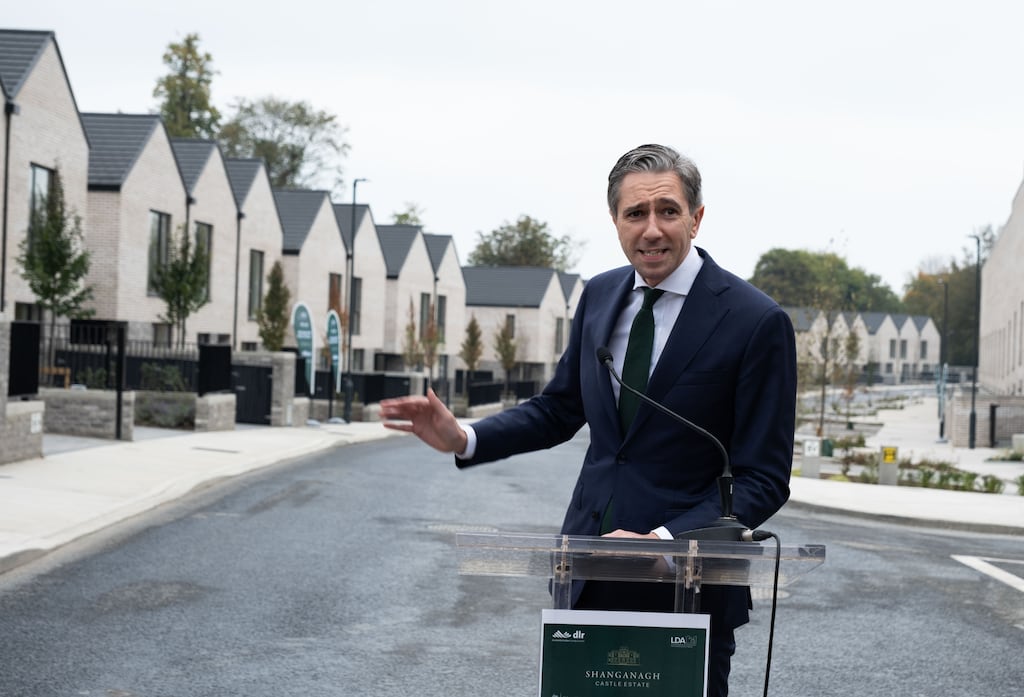Housing targets to guide policy in the area are not a straightforward matter. But two things are clear. One is that Ireland is not currently building enough new homes, and there are shortfalls and inadequacies in some specific areas, both in terms of the type of homes and where they are built. The second is that targets must remain flexible and under review, given the many uncertainties involved.
This level of detail may not feature in the general election campaign, which will focus on promises of delivering certain numbers of homes over the term of the next government. In the meantime, the Government has promised new targets in the coming weeks, as part of an update of the National Planning Framework. As this will look not only at how many houses are estimated to be needed but where they should be built, this will be important. The indication are that an annual figure of some 50,000 may be chosen.
This acceptance that the figure needs to be above the 33,000 target in the Housing for All plan is welcome. And the real requirement in the short term may well be higher still. An estimate by estate agents Sherry FitzGerald that 62,000 additional homes may be needed each year in the short term is worth noting. So is the generally accepted view that more smaller homes are needed as are more social and affordable properties.
Allowance is also needed for the backlog of demand caused by people wishing to move out of home who have not been able to do so. An analysis published by MyHome.ie this week said that housing supply in Ireland was some 200,000 below UK levels, based on population and house size.
READ MORE
Estimating the short-term housing need requires taking account of demographic factors, not least net migration, and the need to replace old houses. Feeding this into a wider plan for what types of houses are needed and where – and setting policy to try to achieve this – is not straightforward. But a firm basis for setting targets means that making the necessary adjustments over time then becomes more straightforward. Right now, policy is too haphazard and unfocused.














